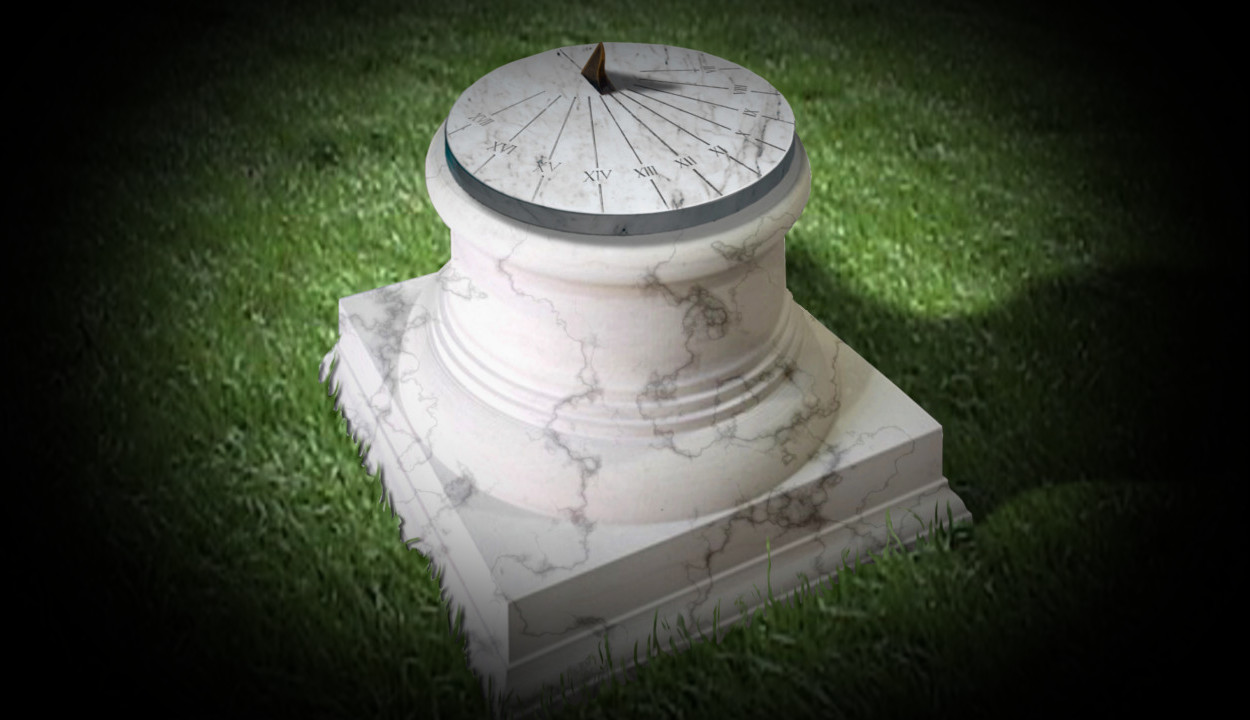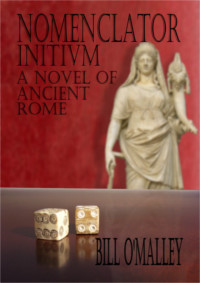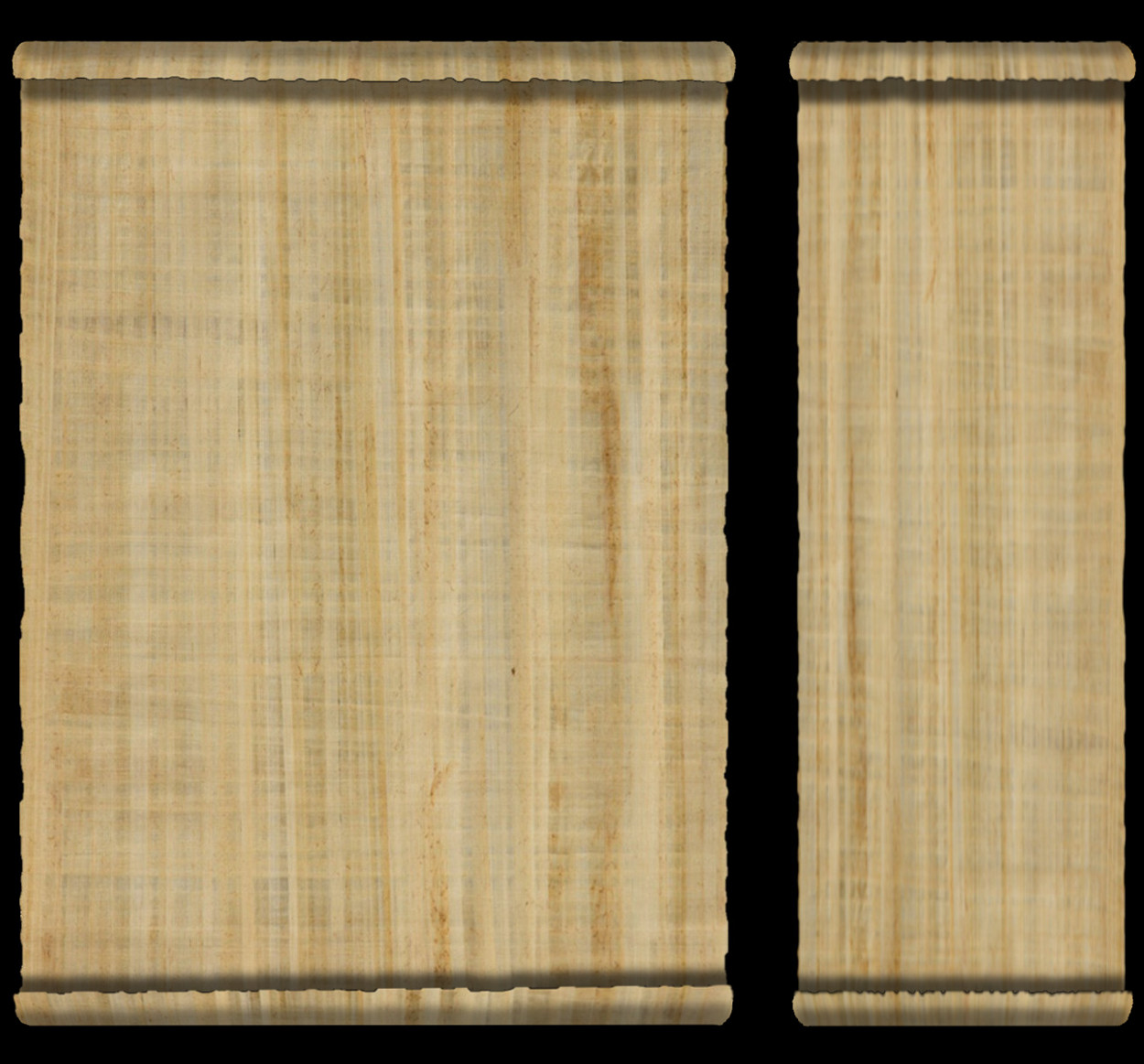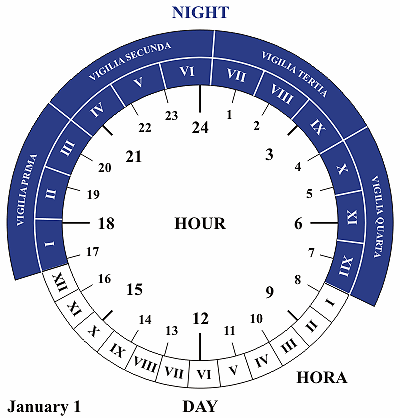


Ancient Roman Timekeeping
In the modern era, timekeeping is pretty straight forward. There are twelve months to a year, each with a fixed number of days with the exception of February which has a separate day added every four years. As for the duration of a day, there are twenty-four hours with sixty minutes in an hour and sixty seconds in a minute. The clock regularly ticks off the seconds as the hands move around the dial or the digital display shows a new number. However, timekeeping wasn’t the same in ancient Rome.
The twelve hour day and twelve hour night was devised by the ancient Egyptians but they did not account for the different length of daylight time depending on the season. In fact, the idea of setting a fixed length of time for each hour wasn’t conceived of until the second century BC. The Greek mathematician and astronomer, Hipparchus, proposed the idea of dividing the day into 24 equal hours, based on the twelve hours of daylight and twelve hours of darkness observed on equinox days. While this made perfect sense theoretically, there was no means to put it into practice for everyday use because the only clocks in the ancient world that could measure time in fixed intervals were water clocks and hour glasses and these both required regular human intervention. Therefore, the practice of dividing the night and day into twelve hours each regardless of the time of year persisted.

The idea of dividing a circle into partes minutae primae, or “the first smallest part,” later shortened to simply a minute and partes minutae secundae, or “second smallest part,” which became known as the second was first devised in the second century AD for calculating latitude. Because there were no mechanical clocks in the ancient world, there was no practical way to accurately divide the hour into parts much smaller than quarters, so the minute and second wasn’t applied to timekeeping until the end of the sixteenth century.
Romans understood that the length of time in an hour varied with the seasons and they also came to realize that it varied with the latitude, In Italy at the winter solstice, a daytime hour was about forty-five minutes while at the summer solstice it last about seventy-five minutes.
The ancient Romans reckoned the start of the day as sunrise for much of their history, but as the empire expanded they found this wasn’t always the case with the rest of the world. For example, the people of Athens and the Jews believed the day began at sunset.
For military purposes, the Romans divided the night into four vigilias, or watches. This was necessary to effectively guard a camp or the city walls as a man would have difficulty remaining attentive for more than four hours.
For timekeeping purposes the Romans used both Greek and Egyptian sundials and the clepsydra, or water clock. There were drawbacks to both devices. Sundials would be useless at night or on very cloudy days, needed to be recalibrated for latitude and needed to be corrected with the change of seasons. Water clocks also needed seasonal adjustments and they needed to be refilled regularly.
The ancient Roman calendar is also quite interesting. When we say “the Roman calendar,” we are actually talking about several calendars as it evolved over time. While touching on the different type, the main focus will be on the calendar used during the time of Caesar near the end of the republic because that is most relevant to the Nomenclator series of books.
The earliest Roman calendar was probably a lunar calendar with months of twenty-nine and thirty days, as the average time between new moons is 29.5 days.

What has been called the Calendar of Romulus, the earliest Roman solar calendar had ten months with the spring equinox in the first months. The months were either numbered or named after mythological beings, as follows.
Martius (31 days)
Aprilis (30 days)
Maius (31 days)
Iunius (30 days)
Quintilis[2] (31 days)
Sextilis (30 days)
September (30 days)
October (31 days)
November (30 days)
December (30 days)
The first four months are mythological names or references to agriculture and the second five are forms of Latin numbers. The calendar only added up to 304 days with the remaining days not belonging to any month.
The next calendar used by the Romans was said to be created by the successor of Romulus, king Numa. The Romans believed even numbers to be unlucky, so Numa removed most of them from the calendar changing all but one month to either thirty-one or twenty –nine days. Two additional months were also added to create a calendar with twelve lunar months of 355 days.
The new months were as follows:
Ianuarius (29)
Februarius (28)
Martius (31)
Aprilis (29)
Maius (31)
Iunius (29)
Quintilis (31)
Sextilis (29)
September (29)
October (31)
November (29)
December (29)
The ancient writer Livy said that intercalary months were added to the calendar to allow the calendar to match the proper seasons.
In his role as Pontifex Maximus, the calendar was again reformed by Julius Caesar changing the numbers of days in the months to improve the intercalation of days so the calendar would better remain in sync with the seasons. The calendar was again reformed during the reign of Augustus, but that is outside the time period of the Nomenclator books.
Intercalation needs to be explained further. The regular calendar had only 355 days, but the solar year is 365 days 5 hours 48 minutes 46 seconds long. If extra days were not regularly added to the calendar is would very soon be unsynchronized with the seasons of the year. This was important to the Romans because their religion dominated every aspect of life and the festivals honoring the gods of agriculture needed to occur at the proper time. The modern solution to this problem is to add an extra day every four years and make up the slight difference with leap seconds and minutes as needed. The Romans, however, allowed an indeterminate number of days to be added to the end of February, essentially inserting an extra month and by allowing February to have two parts. The first part of February ended on the twenty-third day, and the second part had the remaining five days. Following those five days, a Mensis Intercalaris or intercalary month was added between the two parts of the month. On average, and intercalary month was inserted every other year. Because religion was part of every aspect of Roman life, it was up to the Pontifex Maximus to determine when and how many of the extra days should be added. These men were also politicians and the insertion of days could serve personal and political motives. For example, a year could be lengthened to extend the term of office of an ally.
The months of the calendar were given three reference dates so people could accurately schedule events or say when something occurred. These days were the Kalends, the Ides, and the Nones. The Kalends, Kalendae in Latin, was the first day of the month. The Ides, also known as Idus or Eidus was the fifteenth day of March, May, July, and October and the thirteenth day of the others. The reason for the difference is that the months where it fell on the fifteenth contained thirty-one days and the others only twenty-nine days. The Nones, or Nonae fell eight days before the Ides on the fifth or seventh day of the month. So, for example, a Roman might set a date for three days before the Ides of March.
While it may seem confusing, the Roman system of timekeeping functioned with modifications for centuries. When Julius Caesar came to power he modified the calendar once more. In doing so he so greatly improved the accuracy of it that there was no need to make any additional changes until 1582, when Pope Gregory XIII made an alteration that created a 0.002% correction in the length of the year.
These links are being provided as a convenience and for informational purposes only; they do not constitute an endorsement or an approval by Nomenclator Books or Bill O'Malley of any of the products, services or opinions of the corporation or organization or individual. Nomenclator Books and Bill O'Malley bears no responsibility for the accuracy, legality or content of the external site or for that of subsequent links. Contact the external site for answers to questions regarding its content.



















